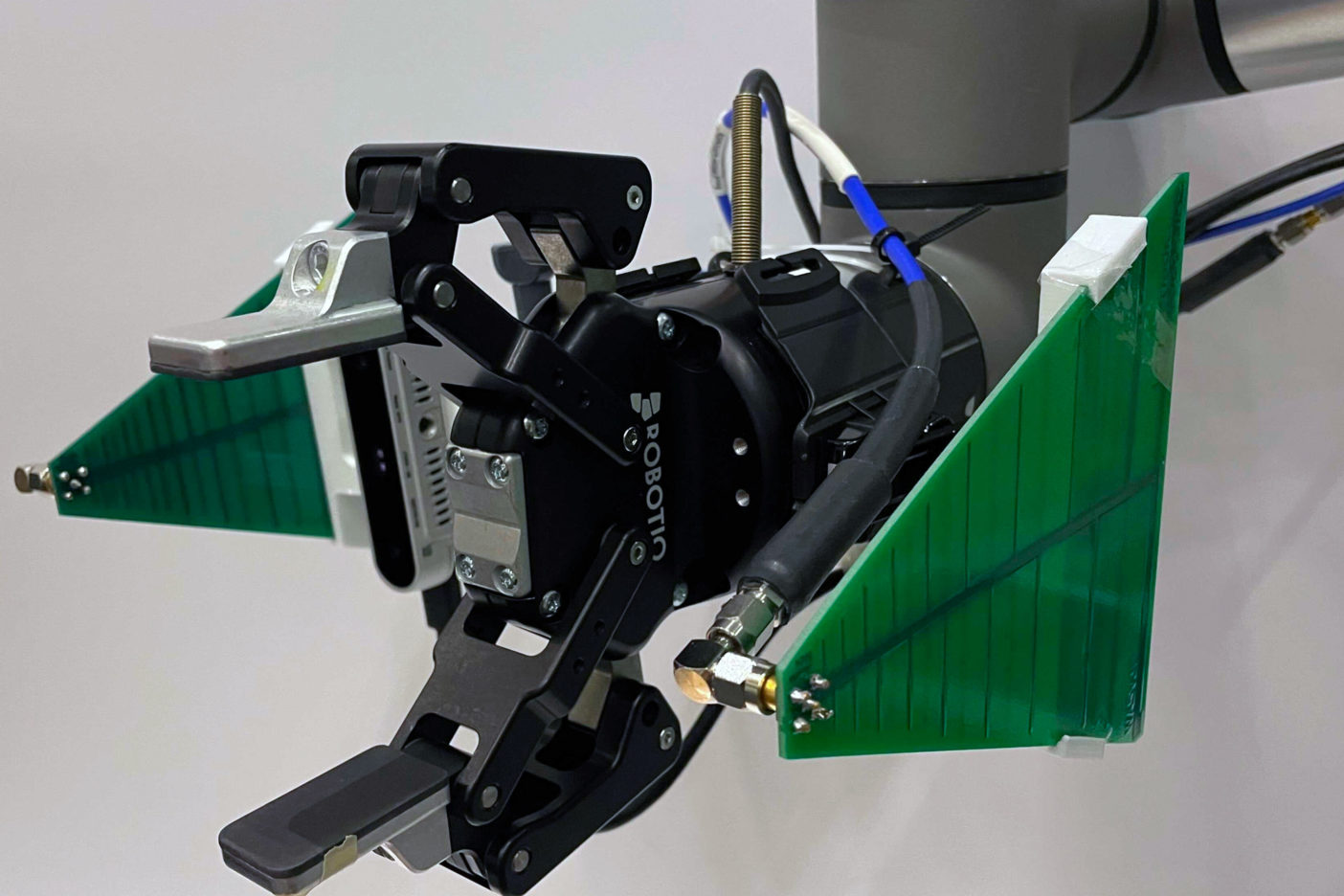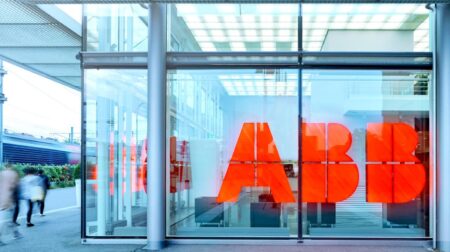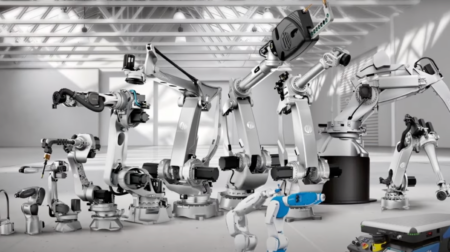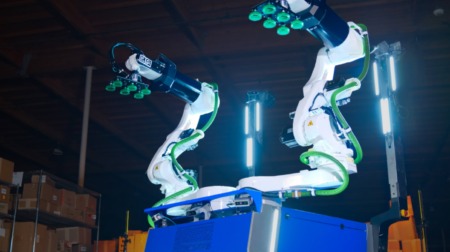Researchers at the Massachusetts Institute of Technology (MIT) have developed a fully-integrated robotic arm that fuses visual data from a camera and radio frequency (RF) information from an antenna to find and retrieve objects, even when they are buried under a pile and fully out of view.
The RFusion prototype relies on cheap, battery-less RFID tags that can be stuck to an item and reflect signals sent by an antenna. As RF signals can travel through most surfaces, RFusion is able to locate a tagged item within a pile.
Using machine learning, the robotic arm automatically zeroes-in on the object’s exact location, moves the items on top of it, grasps the object, and verifies that it picked up the right thing. The camera, antenna, robotic arm, and AI are fully integrated, so RFusion can work in any environment without requiring a special set up.
The researchers tested RFusion in several different environments, including burying a keychain in a box full of clutter and hiding a remote control under a pile of items on a couch. RFusion reportedly had a 96% success rate when retrieving objects that were fully hidden under a pile.

In future, the researchers hope to increase the speed of the system so it can move smoothly, rather than stopping periodically to take measurements. According to MIT, this could eventually lead to broader applications, such as sorting through piles to fulfil orders in a warehouse, identifying and installing components in an automotive manufacturing plant, or helping an elderly individual perform daily tasks in the home.
“This idea of being able to find items in a chaotic world is an open problem that we’ve been working on for a few years,” said senior author Fadel Adib, associate professor in the Department of Electrical Engineering and Computer Science and director of the Signal Kinetics group in the MIT Media Lab.
“Having robots that are able to search for things under a pile is a growing need in industry today. Right now, you can think of this as a Roomba on steroids, but in the near term, this could have a lot of applications in manufacturing and warehouse environments.”
The research is sponsored by the USA’s National Science Foundation, a Sloan Research Fellowship, NTT DATA, Toppan, Toppan Forms, and the Abdul Latif Jameel Water and Food Systems Lab.







